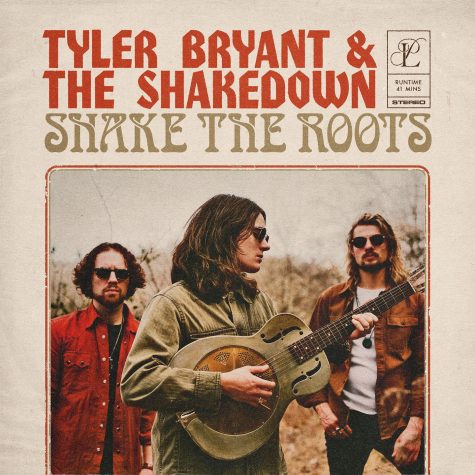Dakota pipeline
October 5, 2016
Everybody needs clean water – whether you’re in the city or on a reservation.
Members of the Standing Rock Sioux, a North Dakota tribe, say the $3.8 billion Dakota Access Pipeline (DAPL) threatens to contaminate the Missouri River in addition to destroying sacred land.
The Missouri River is the Sioux’s main water source; however, the millions of people who live downstream will also be impacted by the pipeline, which is designed to transport crude oil across four states.
So if the pipeline affects both Natives and non-Natives alike, why aren’t more people protesting it?
Tribes from across the nation, including representatives from my own tribe, the Chehalis, are rallying to support the Standing Rock Sioux and their protest against the oil companies.
My mother, sister and grandmother traveled to North Dakota to show support on Sept. 1 — my priorities as a student were the only thing keeping me from joining them.
As construction crews began bulldozing the site, protestors were pepper-sprayed, attacked by dogs and arrested after confrontations with private security guards, according to an article by Democracy Now!. On Sept. 16, President Obama announced a temporary halt on construction.
Samantha Reyes, a WSU sophomore and enrolled Turtle Mountain Chippewa, another North Dakota tribe, said she wonders why others aren’t raising more concern.
“It’s seen as the Native phenomenon, but it’s affecting a lot of people,” Reyes said.
Reyes, who recently traveled to the site with a carload of donations, said she felt hurt after seeing what was happening in North Dakota on social media.
“You kind of feel helpless being all the way over here,” Reyes said. “It’s not your particular tribe, but it’s still your people, so you feel it.”
Transporting oil in this country has been historically disastrous. The 2010 Deepwater Horizon oil spill, which poured 210 million gallons of oil into the Gulf of Mexico, is considered the worst spill in the history of the oil industry.
The 1989 collision of the tanker Exxon Valdez with a reef released 10 million gallons of oil off the coast of Alaska, making it the second biggest spill in the U.S.
More recent spills have happened inland rather than offshore. In a typical year, approximately 1.3 million gallons of petroleum spill into U.S. waters, according to the Department of Energy.
In January 2015, a pipeline spill released 50,000 gallons of crude oil into the Yellowstone River, contaminating a water supply intake that provides water to 6,000 residents in Glendive, Montana.
In August that same year, more than three million gallons of contaminated water from Colorado’s Gold King Mine spilled into a nearby river, turning it a cloudy shade of yellow; in response, the U.S. Environmental Protection Agency (EPA) halted all field work in mines.
In June 2016, a train carrying crude oil jumped the tracks next to a tributary of the Columbia River. Though several cars burst into flames and released oil, the river luckily escaped contamination.
Will the Missouri River be just as lucky? If history tells us anything, the answer is no.
We cannot let the land rights of Natives go ignored, even if blocking the pipeline could result in job loss in the oil industry.
After all that has happened throughout American history with our Native people, to stand by and let the oil industry continue to ruin water sources and ask Natives to move from their homelands would be another stain on America.
To support the protest against DAPL, donations are accepted at WSU’s Native American Student Center, which are distributed to the Lewiston-based group Nimiipuu Against Oil Pipelines. The group formed to organize informational and fundraising events in support of Standing Rock.
Edmund Frazer Myer is a senior communication major from Onalaska. He is enrolled in the Chehalis Tribe. He can be contacted at 335-2290 or by [email protected]. The opinions expressed in this column are not necessarily those of the staff of The Daily Evergreen or those of The Office of Student Media.





















